Sepilok Orang-utan Rehabilitation Centre
Borneo’s orang-utan sanctuary
 The Sepilok Orang-utan Rehabilitation Centre stands as one of Borneo’s most remarkable wildlife sanctuaries.
The Sepilok Orang-utan Rehabilitation Centre stands as one of Borneo’s most remarkable wildlife sanctuaries.
Located in the Malaysian state of Sabah, this pioneering rehabilitation facility has been caring for orphaned and injured orang-utans since 1964. The sanctuary spans across 43 square kilometres of protected rainforest on the outskirts of Sandakan, providing a safe haven for these remarkable creatures.
The history and mission
The establishment of the Sepilok rehabilitation centre marked a turning point in orang-utan conservation.
What began as a modest facility has grown into one of the world’s most successful orang-utan rehabilitation programmes. The sanctuary’s primary mission focuses on returning orphaned, injured, or displaced orangutans to their natural habitat.
The rehabilitation process
The journey of rehabilitation at Sepilok involves several carefully planned stages.
Young orang-utan arrive at the centre, often orphaned due to habitat loss or illegal hunting. These small primates receive round-the-clock care from dedicated staff who teach them essential survival skills.
The rehabilitation process includes teaching young orang-utan how to climb, forage for food, and build nests – skills they would typically learn from their mothers in the wild. The centre’s approach minimises human contact, encouraging the orang-utan to develop independence and natural behaviours.
Life in the sanctuary
The orang-utan at Sepilok experience life in a protected rainforest environment. The sanctuary provides a natural setting where these intelligent primates can develop their skills and eventually return to the wild.
Each day at Sepilok brings new opportunities for the orangutans to practice their survival skills. The sanctuary maintains feeding platforms where less independent orang-utan can supplement their diet with fruits and other natural foods.
Natural Habitat
The protected rainforest of Sepilok offers the perfect training ground for rehabilitating orang-utan. The diverse ecosystem provides everything these primates need to thrive, from towering trees for nest building to abundant natural food sources.
The centre’s impact on orang-utan preservation
Over the decades, Sepilok has successfully rehabilitated hundreds of orang-utan. Many of these magnificent creatures now live freely in the surrounding protected forests, with some females returning with their own babies – a true testament to the programme’s success.
Sepilok’s influence extends beyond its boundaries, contributing significantly to global orangutan conservation efforts. The centre actively participates in research, education, and international cooperation to protect these endangered primates.
The facility serves as a model for other rehabilitation centres across Southeast Asia, demonstrating how successful conservation programmes can make a real difference in preserving endangered species.
Practical information
- Opening Hours: Daily from 9:00 AM to 4:00 PM Entry Fee: Adults RM30, Children RM15 Feeding Times: 10:00 AM and 3:00 PM
- Dress Code: Light, comfortable clothing and covered shoes are essential. Bring rain protection.
- Getting There: The centre lies 25 kilometres from Sandakan. Regular buses run from Sandakan town centre, or taxis are readily available.
- Additional Tips:
- Morning sessions typically offer better wildlife viewing opportunities
- Bring insect repellent and sunscreen
- Photography is permitted, but flash photography is prohibited
- The best viewing months are during the dry season (March to October)

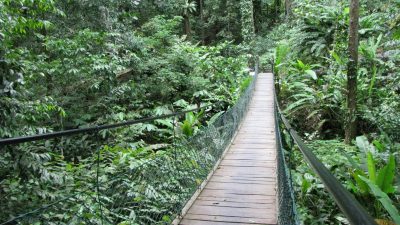
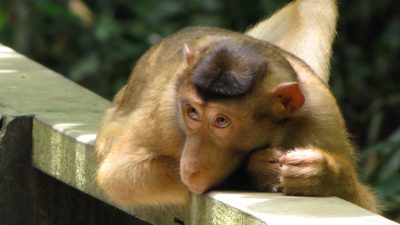
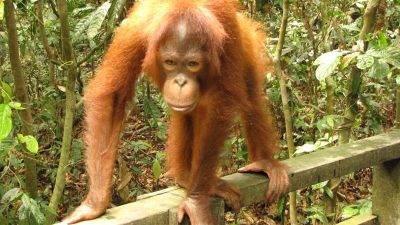
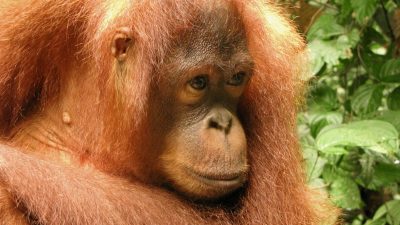
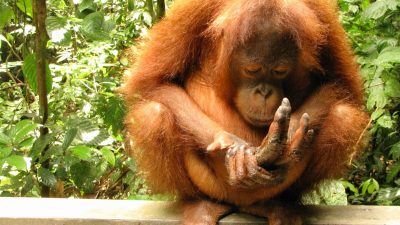
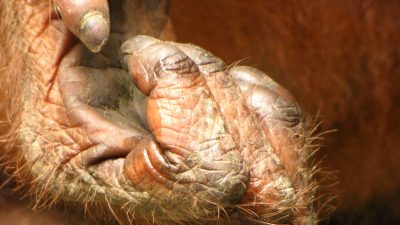

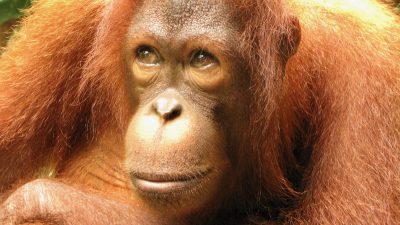
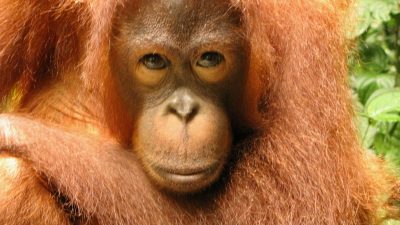
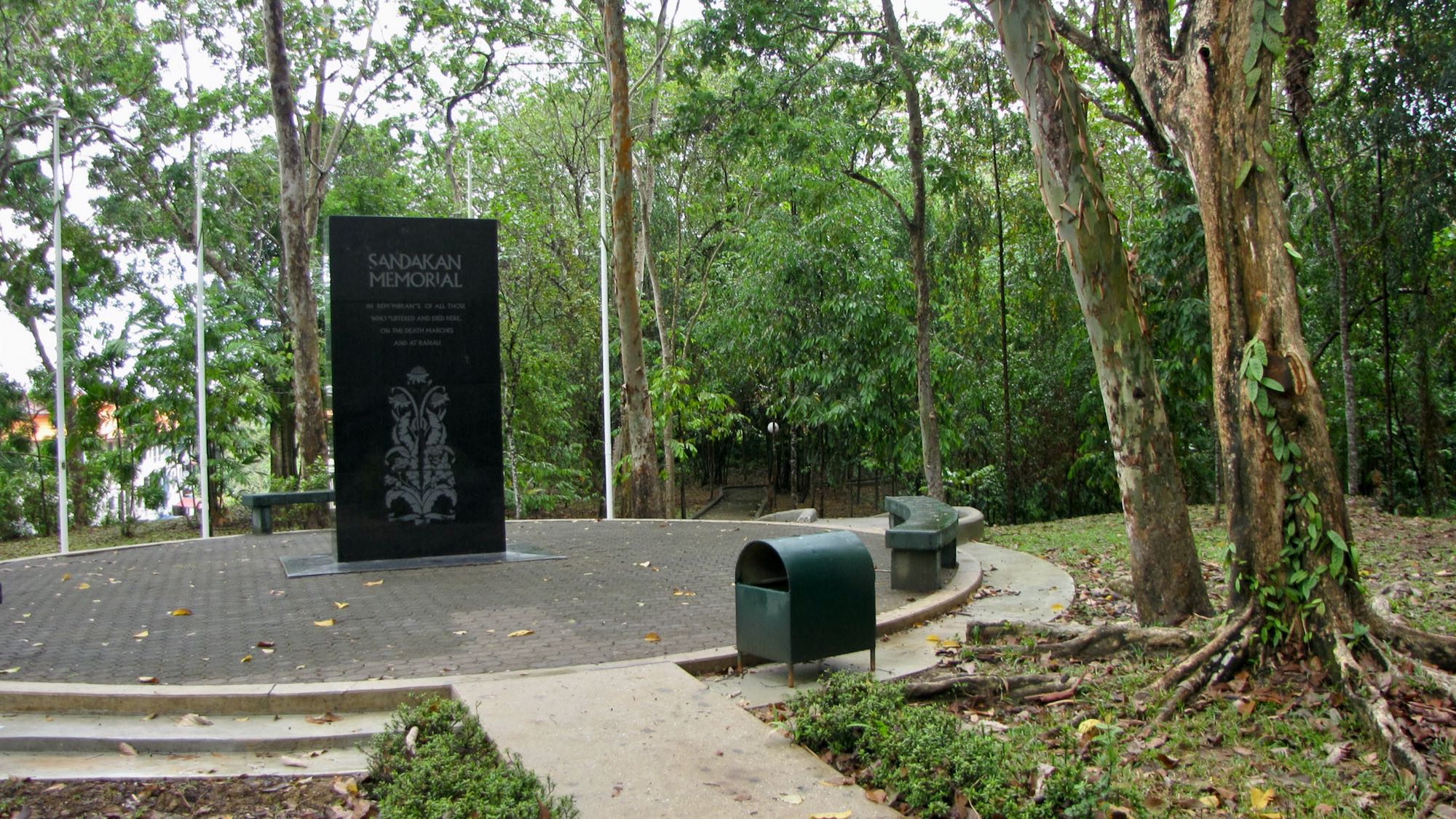
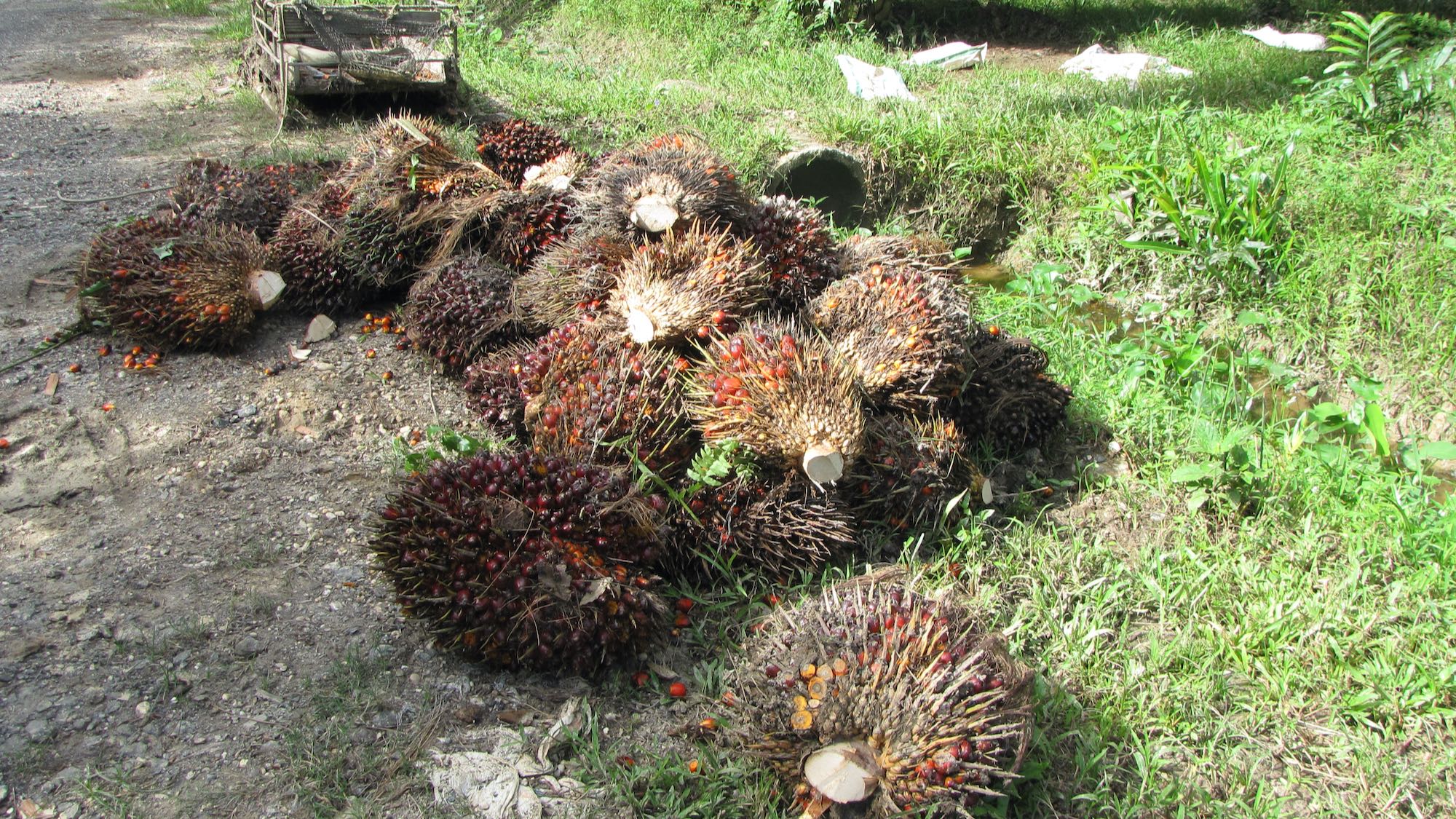
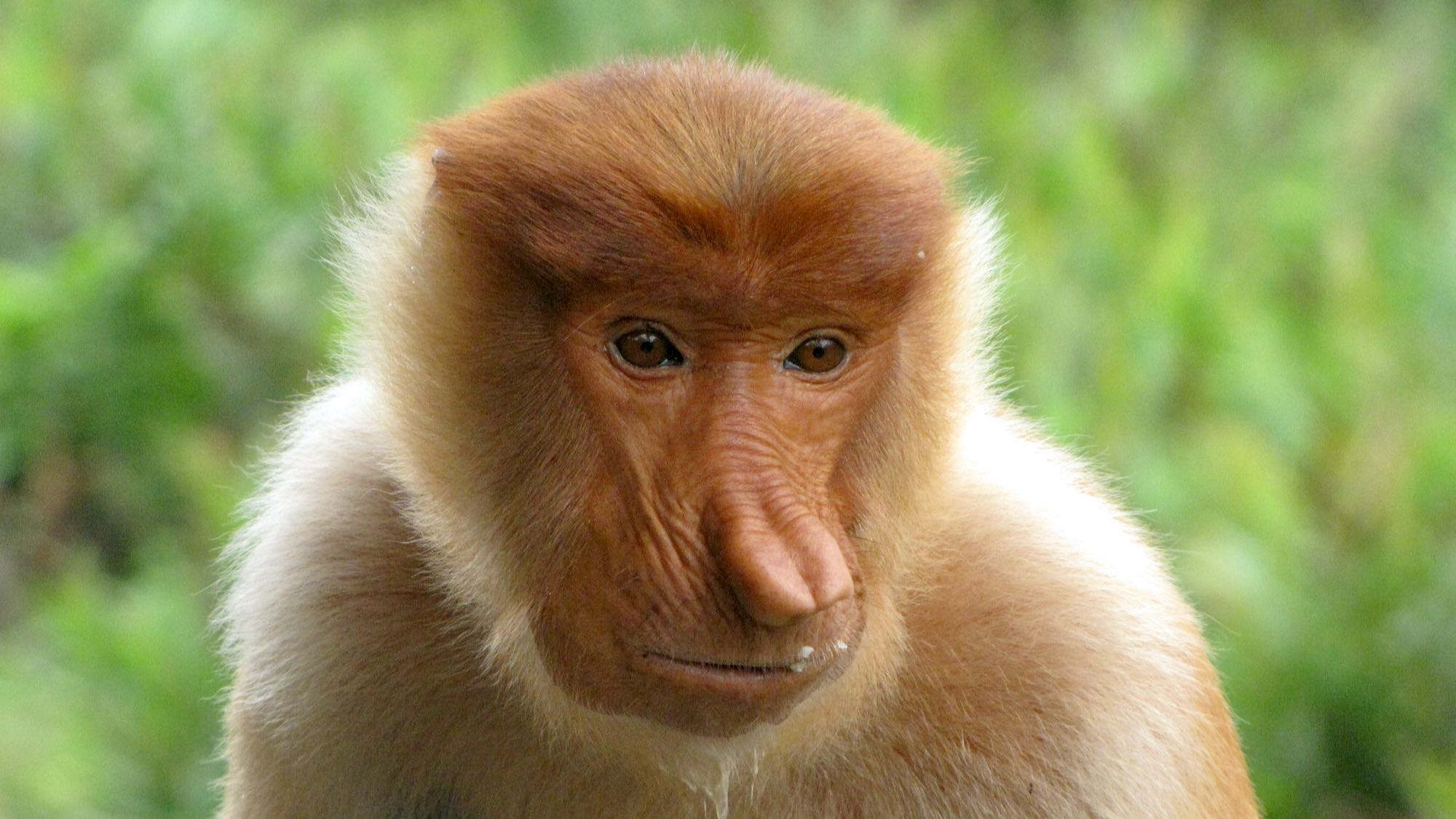
We arrived at 10:20 am so it was too late to see the animals being fed as the main attraction so we had to spend time away and return later to see the feeding at 15:00.
Nothing to do besides visit Sunbears and visit the next-door hotel for a drink.
Came back exhausted after so many hours of doing nothing in that heat just to see the 3 very sweet animals visiting the platforms to be fed in a frenzy of macaques trying to steal their food.
Loved your write up and photos.
Hi Angela and David.
We thought the same thing when we first visited as well but found that if we went back between feeiding times we could still wander the boardwalks. This was when we got these amazing photos of Genang, an 8yo female. Glad you like the article.
I am amazed by these animals such gentle creatures.
Please do support the cause by donating or adopting.
I had read a lot about this place before we visited and I was very sceptical about it being any good. I was pleasantly surprised with how well this place is run. On the edge of the nature reserve so the animals can come and go as they please. At one point I was face to face with and orang-utan.
We love Orang Utans, one of our closest relatives. Seeing them in the Wild on the Kinabatangan River cruise (or in Sumatera, Indonesia) is an unfortegable experience.
The Sepilok Orangutan Rehabilitation Centre was amazing. I had wanted to go for years. It was beyond my expectation.
Thanks for your comment Rumi
Oh! So happy to see the orangutans again. I was here last year, and I returned to see them again. So playful and entertaining. I get to see the orphaned orangutans, so sad to know about their stories. The bigger ones, once again are just as silly while eating and dangling on the rope. As if they were performing in front of an audience. People during that day were laughing and cheering. This is one place to visit in Sabah. If you like orangutans like me, then come visit this place.